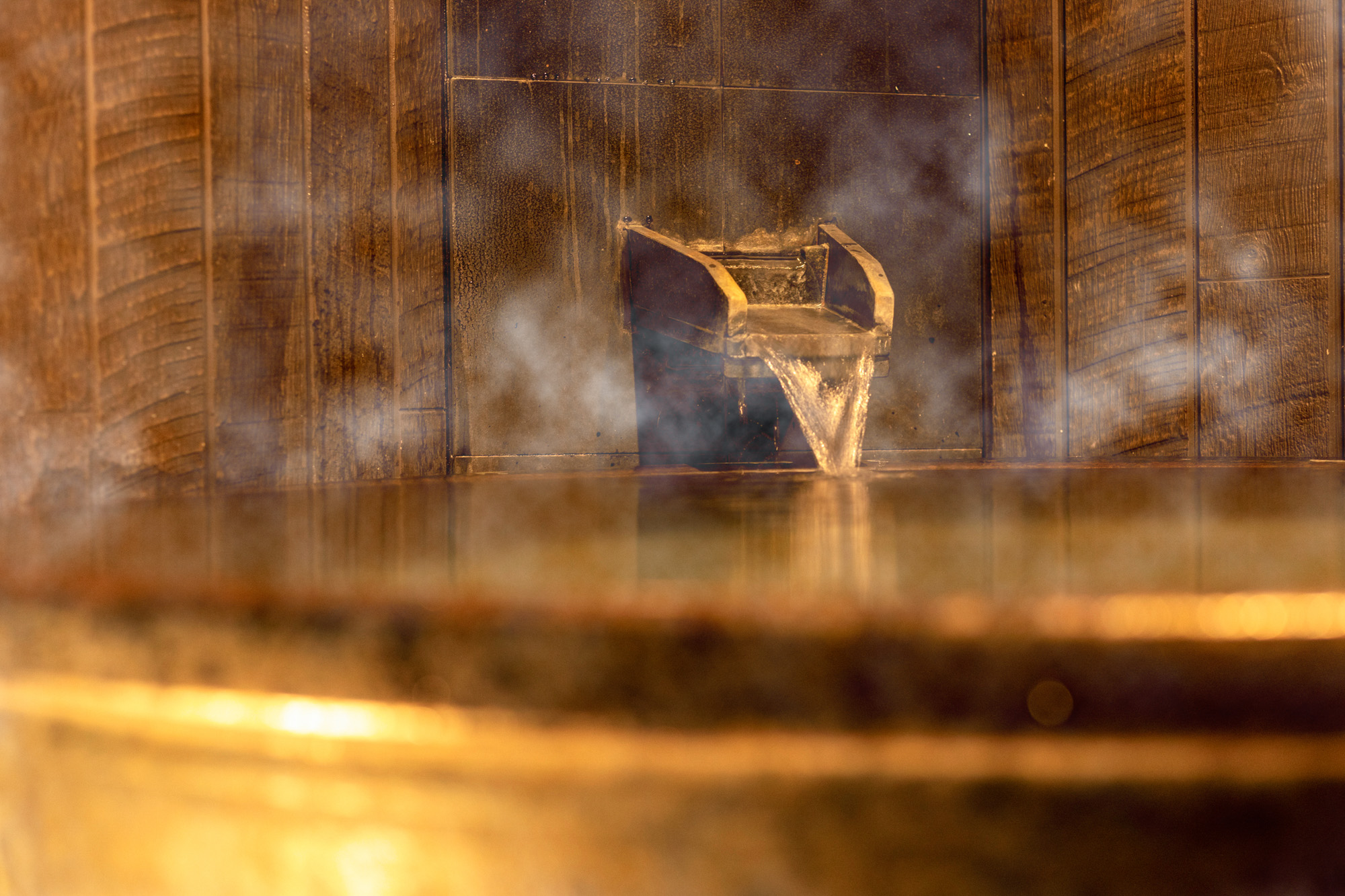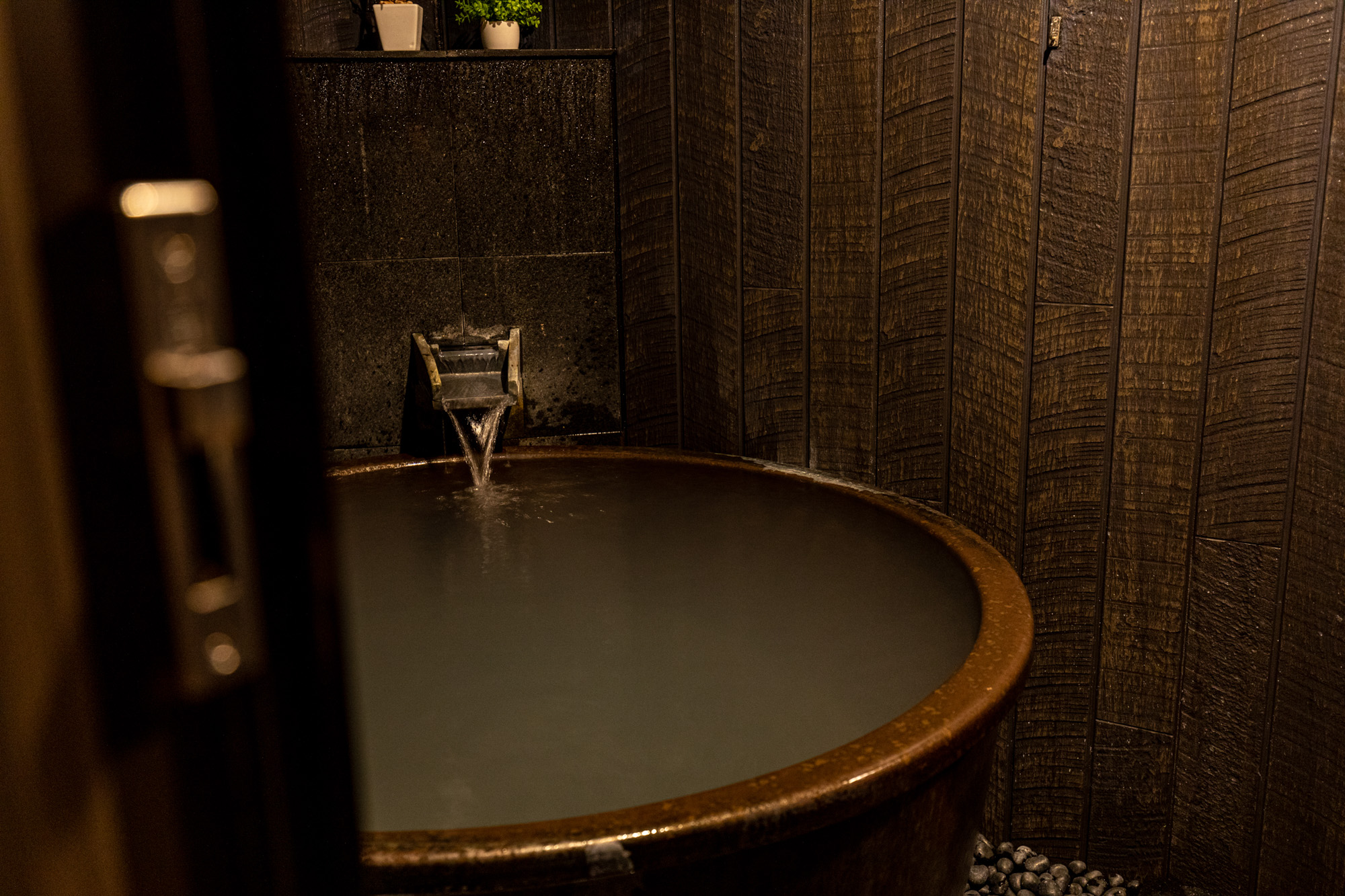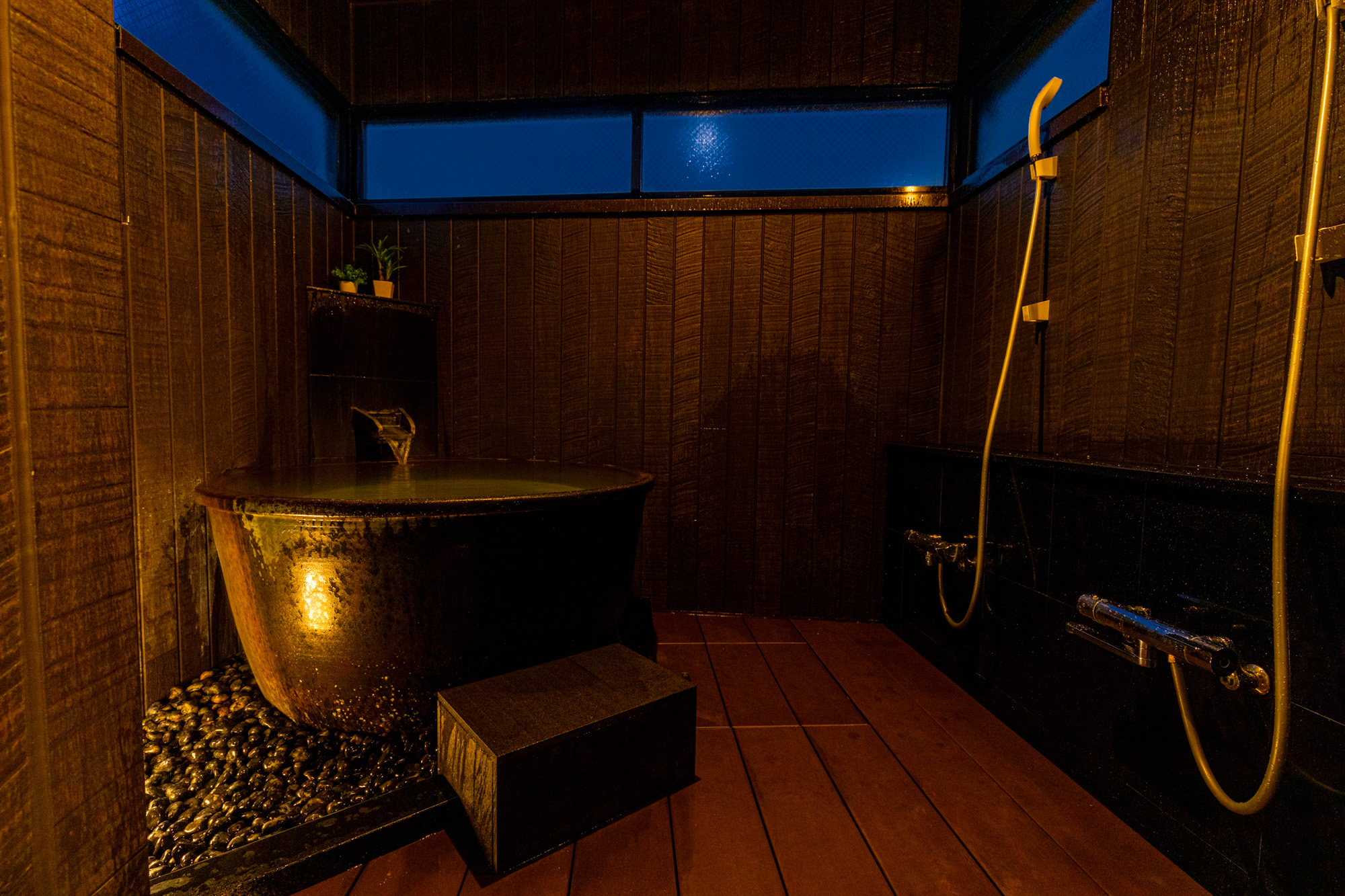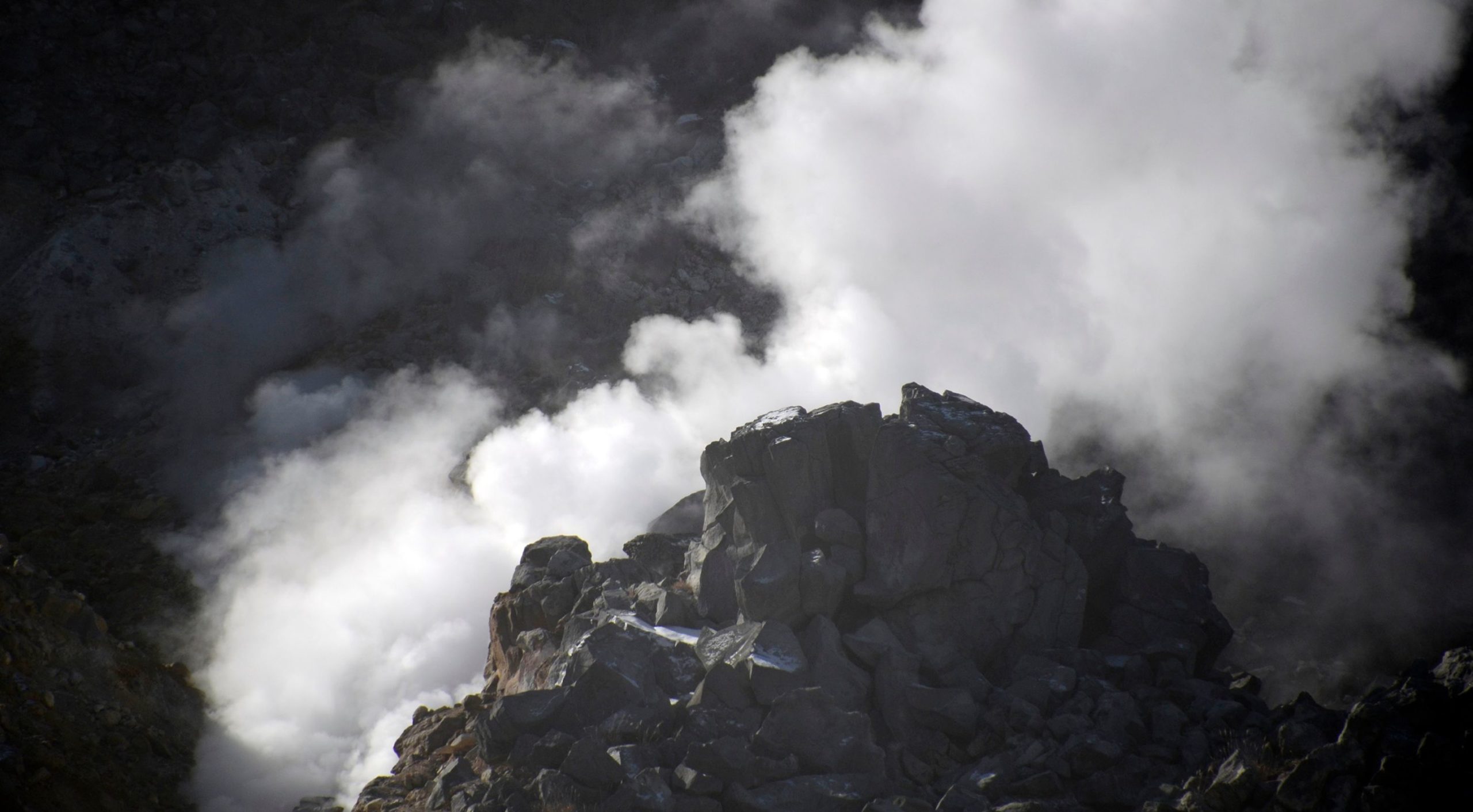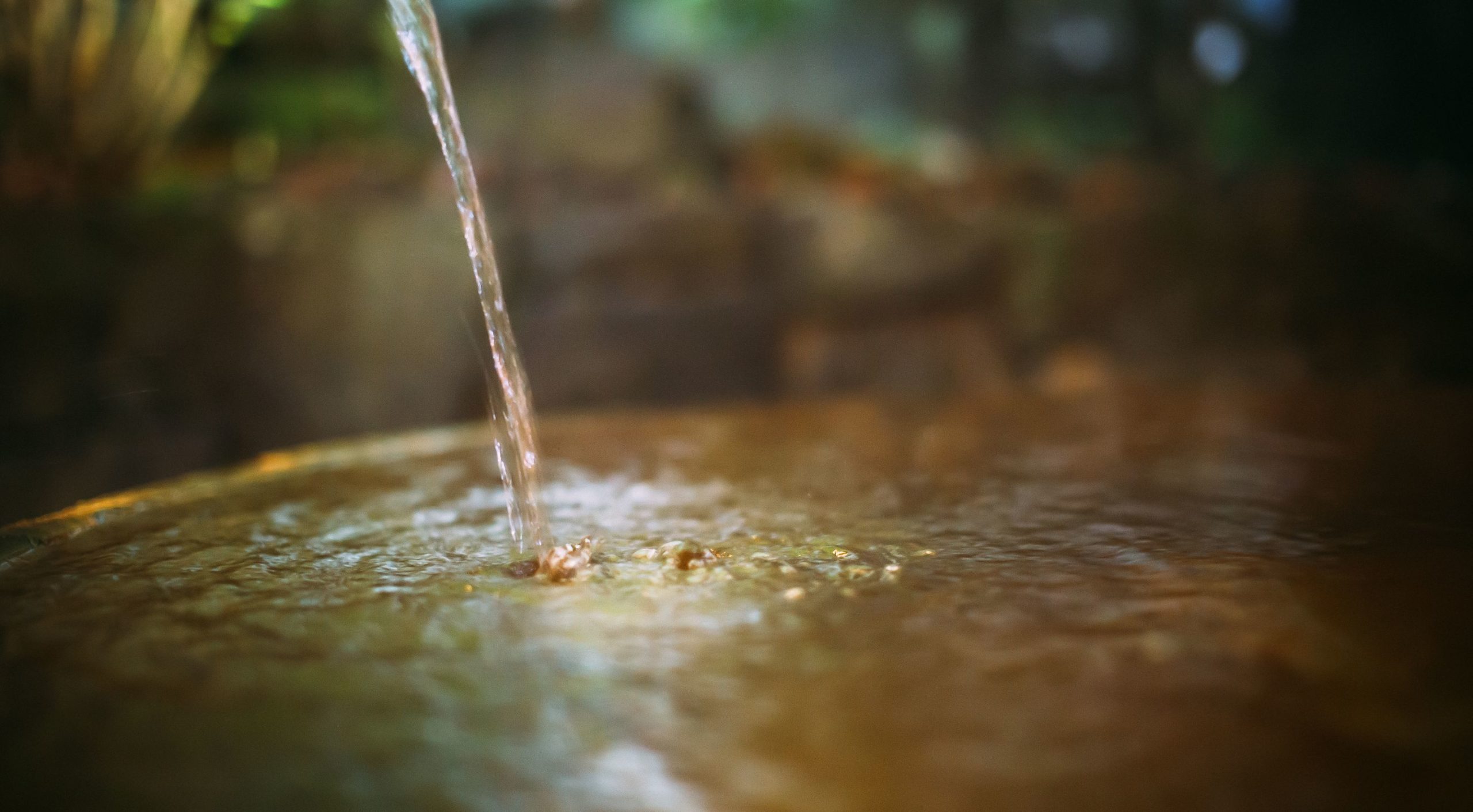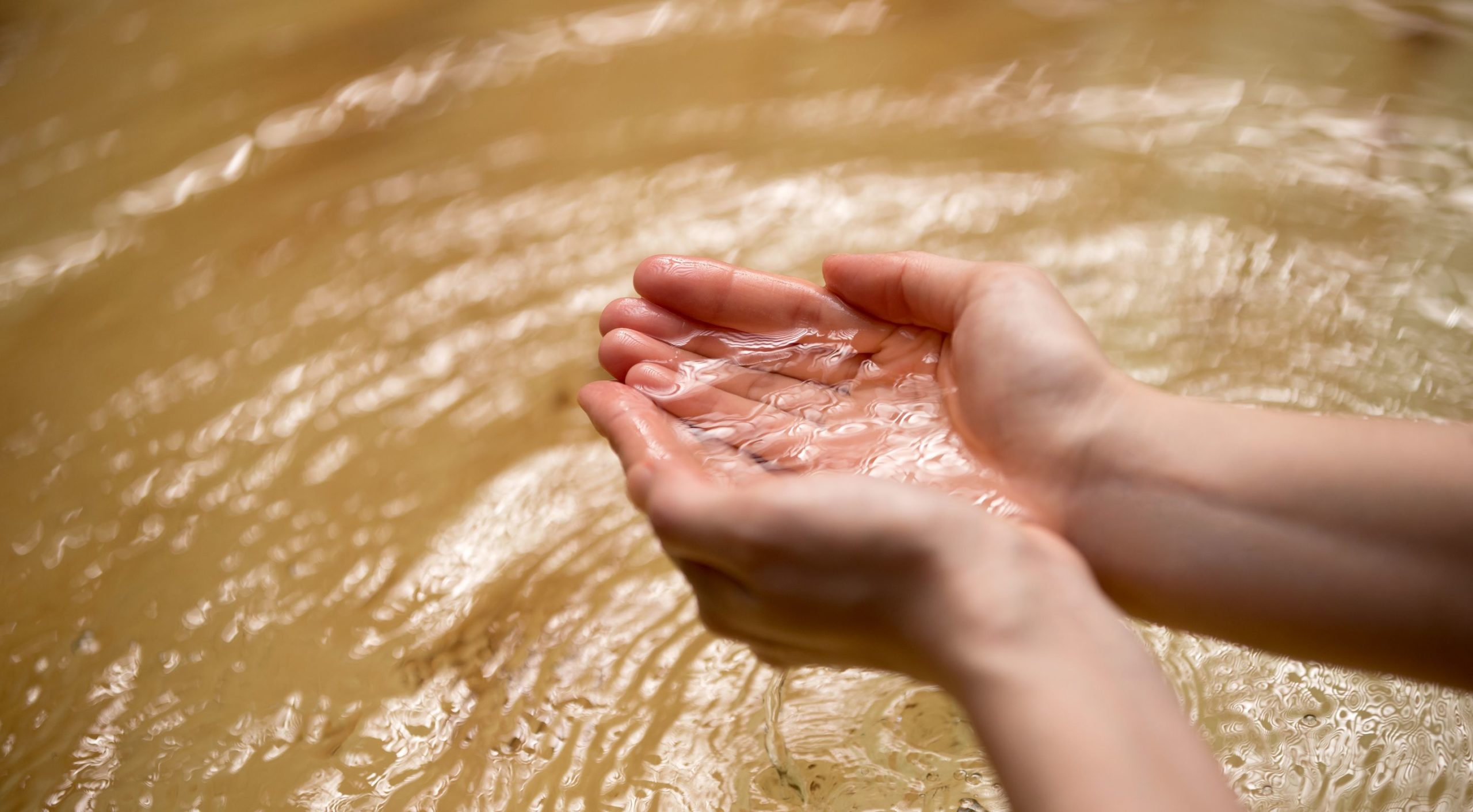Ingredients and quantity in 1 kg of hot spring water
(1) Ingredients and amounts
| Cation |
Milligram |
Anion |
Milligram |
| Hydrogen ion (H+) |
0.13 |
Fluorine ion(F-) |
0.00 |
| lithium ion(Li+) |
0.00 |
Chloride ion(Cl-) |
5.41 |
| Sodium ion(Na+) |
13.4 |
Hydrogen sulfate ion(HSO4-) |
0.59 |
| Potassium ion(K+) |
1.59 |
Sulfate ion(SO42-) |
146.0 |
| Magnesium ion(Mg2+) |
81.5 |
Nitrate ion(NO3-) |
1.82 |
| Calcium ion(Ca2+) |
29.3 |
|
|
| Strontium ion(Sr2+) |
0.10 |
|
|
| Ferrous ion(Fe2+) |
0.03 |
|
|
| Aluminum ion(Al3+) |
3.55 |
|
|
| Manganese ion(Mn2+) |
0.35 |
|
|
| Zinc ion(Zn2+) |
0.02 |
|
|
| Cation meter |
56.6 |
Anion meter |
153.9 |
| Released component |
Milligram |
Trace Components |
Milligram |
| Metasilicic acid(H2SiO3) |
121.0 |
Copper ion(Cu2+) |
0.00 |
| Metaboric acid(HBO2) |
0.19 |
Lead ion(Pb2+) |
0.00 |
| Free carbon dioxide(CO2) |
52.4 |
Cadmium ion(Cd2+) |
0.00 |
| |
|
Total arsenic(As) |
0.00 |
| |
|
Total mercury(Hg) |
0.00 |
| Free component meter |
173.5 |
Trace component meter |
0.00 |
(2)Total Components 439mg/kg
Contraindications, indications
The medical and curative effects of hot springs depend on the biological response to the temperature and other physical factors, chemical composition, geographical location of the hot spring, climate, changes in the user’s living conditions, and various other overall effects, and it is difficult to determine the efficacy of each hot spring based on its composition alone.
Contraindications and indications
■ General contraindications (for bathing)
Active stage of illness (especially with fever), active tuberculosis, advanced malignancy or severe debility such as high anemia, serious heart or lung disease that makes it difficult to breathe after slight movement, serious kidney disease such as swelling, gastrointestinal bleeding, visible bleeding, acute exacerbation of chronic illness.
■ Contraindications by spring type (for bathing)
Hypersensitive skin or mucous membranes, dry skin in the elderly
■ General indications (for bathing)
Chronic pain or stiffness of muscles or joints (rheumatoid arthritis, osteoarthritis, lumbago, neuralgia, frozen shoulder, bruise, sprain, etc.), muscle stiffness in motor paralysis, sensitivity to cold, peripheral circulatory disturbance, decreased gastrointestinal function (upset stomach, gas in the bowels, etc.), mild hypertension, impaired glucose tolerance (diabetes mellitus), mild hypercholesterolemia, mild asthma or emphysema, hemorrhoidal pain, autonomic instability, various symptoms due to stress (sleeping disorders, depression, etc.), recovery from illness, fatigue, etc. Mild hypertension, glucose intolerance (diabetes mellitus), mild hypercholesterolemia, mild asthma or emphysema, hemorrhoid pain, autonomic instability, stress-related symptoms (sleep disorders, depression, etc.), convalescence, fatigue, health promotion
■ Indications by spring quality (for bathing)
Atopic dermatitis, psoriasis vulgaris, chronic eczema, epidermal pyoderma, peripheral circulatory disturbance


